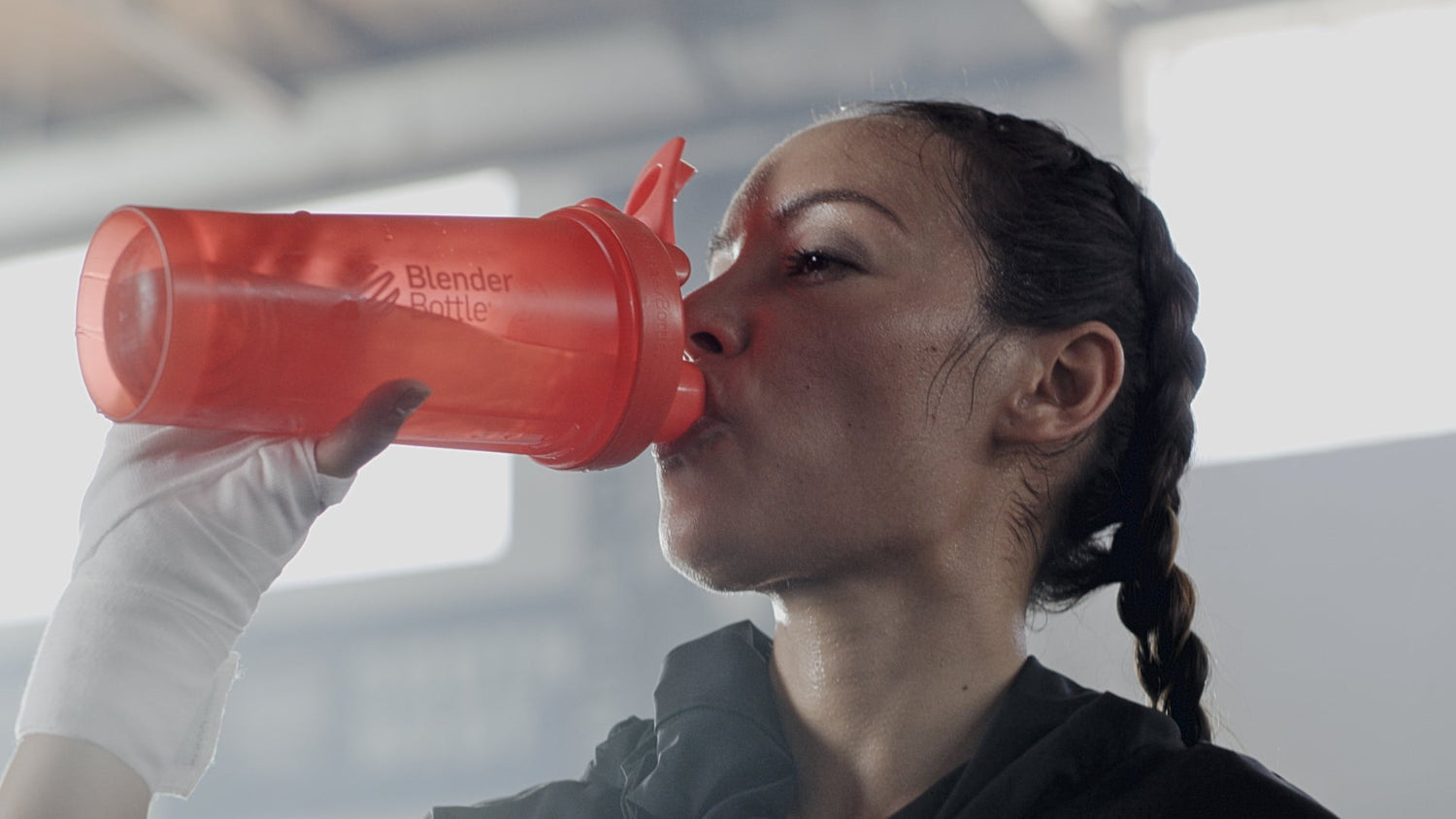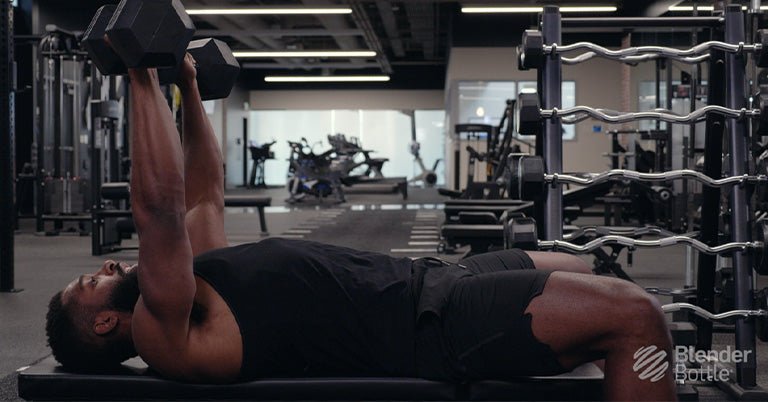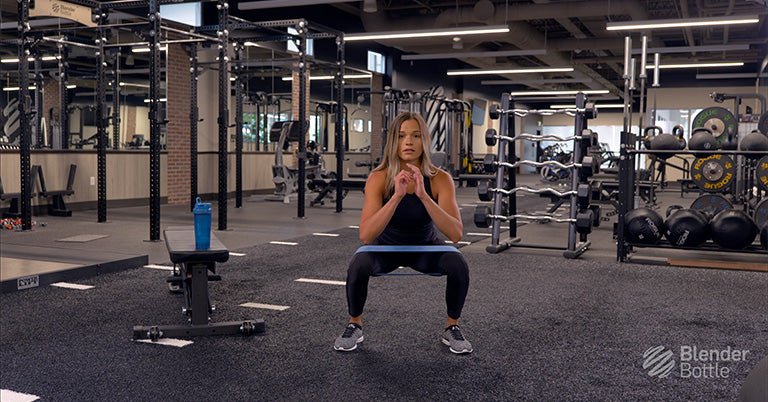Protein matters. It's vital in helping nearly every system in our bodies function properly. But what about different sources of protein? Where can you find the critical protein you need?
There are actually numerous sources of protein to choose from, including whole foods and protein supplements. Learning about different sources of protein is the best way to decide which ones are the best fit for your diet and your needs. First, it's important to understand the meaning of the term “complete protein.”
COMPLETE PROTEINS
Our bodies need amino acids, which are organic compounds found in proteins, to function properly 22 of them, to be exact. Of these, we make 13 (the non-essential amino acids) within our bodies; the other nine (the essential amino acids) must come from our food. Food sources of protein that contain all nine essential amino acids in adequate quantities are considered complete proteins. Examples of complete proteins include lean meat, fish, eggs, dairy products, quinoa, hemp seeds, and chia seeds. Incomplete proteins or proteins that lack some of the nine essential amino acids include legumes, nuts and seeds, vegetables, and grains. Eaten in combination, incomplete proteins can work together to provide all the essential amino acids.
WHOLE FOODS vs. SUPPLEMENTS
While most experts agree that the majority of our sources of protein should come from a mix of real food, and that it is possible to obtain all of our protein requirement from food, many people find this to be a challenge. For athletes, who generally have higher protein intake goals, supplementation with protein powders is an easy, convenient, and often quicker-to-digest alternative to solid sources of protein. Protein powders are also helpful for people with busy schedules, who don't always have time to prepare complete protein meals. And for people who follow vegetarian or vegan diets, supplements can help increase their intake of high quality complete proteins.
CHOICES, CHOICES: TYPES of PROTEIN POWDER
Visit the supplement section in any store and you'll see a vast array of protein powders. Let's take a look at the most common types of protein powder to help determine which one is best for you.
Milk Protein Powder
Dairy proteins are complete proteins, and therefore are a quality choice for protein consumption. Whey proteins are considered the most effective for building muscle.
-
Whey Protein Concentrate. Whey protein concentrate is one of the most affordable and widely available sources of protein. It contains all nine essential amino acids and breaks down relatively quickly. However, it contains more carbohydrate and fat than its whey isolate counterpart, and it is not lactose free.
-
Whey Protein Isolate. Whey protein isolate is considered a higher quality protein, in that it contains more pure protein (and less non-protein components) than whey protein concentrate. This makes it notably more expensive, but also more appealing to many protein powder consumers. Although sourced from milk, whey protein isolate is virtually lactose-free, therefore it is well tolerated by many people with dairy sensitivities. Whey protein isolate is also fast acting in the body.
-
Hydrolyzed Whey Proteins. Both whey concentrate and whey isolate can be hydrolyzed, or turned into hydrolysates, by various processes that partially break down the protein. The benefit of whey hydrolysates is that they are absorbed even faster than already quick-digesting whey concentrate and isolate; the drawbacks are a bitter taste and added cost.
-
Casein Proteins. Also a milk protein, casein is a slow-release protein, meaning it takes from five to seven hours to break down in the body. For this reason, casein protein powders are an ideal option for use at bedtime to optimize overnight muscle regeneration and recovery. Learn more about casein protein benefits here.
Non-Dairy and Plant-Based Protein Powder
These sources of protein work well for anyone with a dairy allergy or intolerance. Some non-dairy and plant proteins are naturally incomplete proteins, but may be mixed with other powders or food sources to create complete proteins.
-
Egg Protein. Egg white protein powder (also called egg white albumen) is simply egg whites that have been dried and turned into powder. This protein source digests more slowly than whey, but is an excellent high-quality complete protein to supplement a non-dairy diet.
-
Soy Protein. A complete protein, soy is considered the most effective plant-based protein, and like egg white protein, digests at a moderate rate. Soy is an excellent source of glutamine, an amino acid which occurs naturally in the body but may be beneficial in greater amounts during muscle building to limit muscle damage and speed tissue repair. Soy consumption is controversial, however, with potential links to disruptions in natural hormone levels and hormone-related cancers.
-
Pea Protein. Pea protein powder compares to whey protein powder in regards to its high rate of absorption. It is an incomplete protein, so in order to reach full effectiveness, it should be paired with another protein, such as hemp or rice.
-
Rice Protein. Brown rice protein is high in B-vitamins and fiber and is lactose and gluten free. Rice protein powder should also be paired with another protein source in order to make it complete.
-
Hemp Protein. Lower in protein content than most other options, hemp protein powder is still a desirable choice due to its high fiber content and heart-healthy Omega-3 fatty acids. Plus, it's a complete protein source.
If you opt to use powder as one of your sources of protein, you'll need something to mix it in. That's where BlenderBottle® brand shakers come into play. You won't have to worry about lumps in your protein drink a common problem when mixing protein powder when you use BlenderBottle®'s patented mixing system, featuring the BlenderBall® wire whisk. It mixes even the thickest ingredients into smooth, delicious shakes. What's more, BlenderBottle® shakers are easy to take on the go to the gym, as breakfast during your commute to work, or for a midday meal replacement. And with sleek, stylish designs like the BlenderBottle® Radian™ shaker, you'll be sure to get plenty of protein while looking on trend!
Looking for more information on protein? Download our Ultimate Protein Guide.





Leave a comment
All comments are moderated before being published.
This site is protected by reCAPTCHA and the Google Privacy Policy and Terms of Service apply.